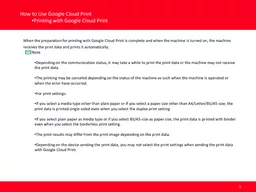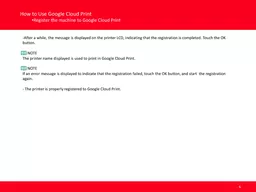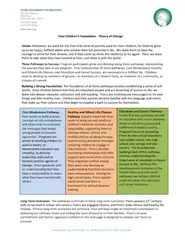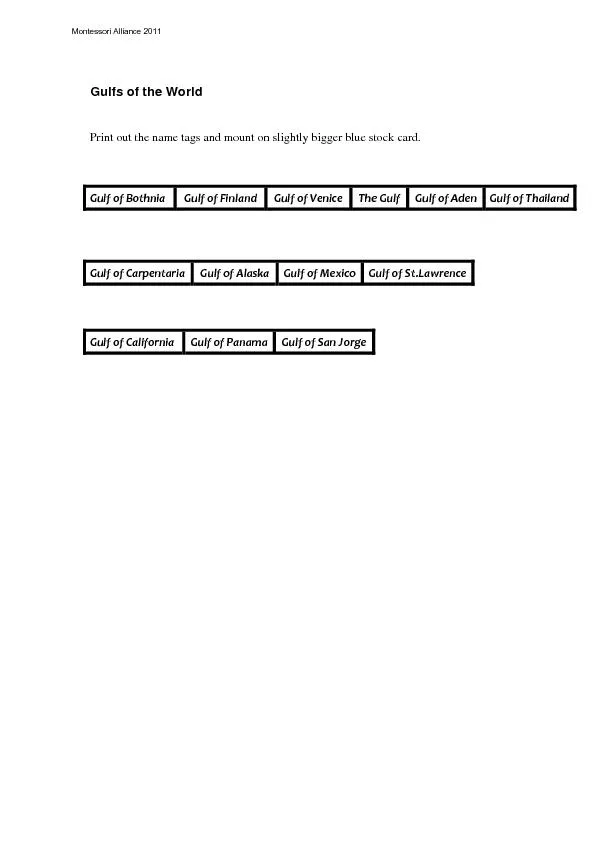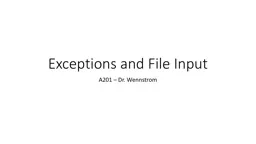PPT-Say we want to print out the owner of every file
Author : importedferrari | Published Date : 2020-07-03
Field or column RS 1111111111 2 33333333 4444 5555 666 77 8888 9999999999999 rwxrwxrwx 1 rsmalley user 7237 Jun 12 2006 setupexp1sh So we need field 3 and 9 Example
Presentation Embed Code
Download Presentation
Download Presentation The PPT/PDF document "Say we want to print out the owner of ev..." is the property of its rightful owner. Permission is granted to download and print the materials on this website for personal, non-commercial use only, and to display it on your personal computer provided you do not modify the materials and that you retain all copyright notices contained in the materials. By downloading content from our website, you accept the terms of this agreement.
Say we want to print out the owner of every file: Transcript
Download Rules Of Document
"Say we want to print out the owner of every file"The content belongs to its owner. You may download and print it for personal use, without modification, and keep all copyright notices. By downloading, you agree to these terms.
Related Documents


